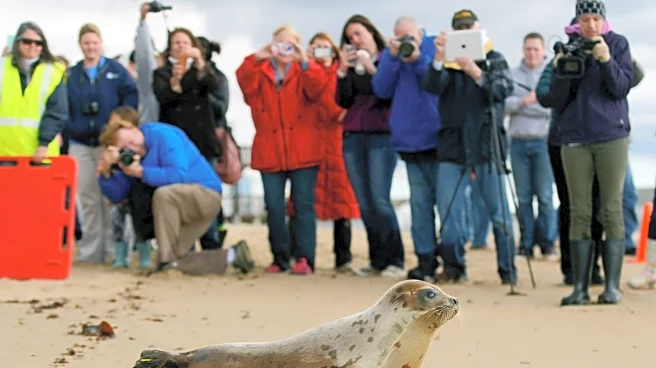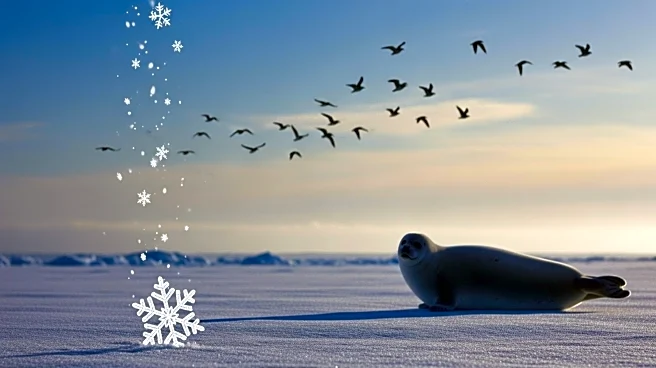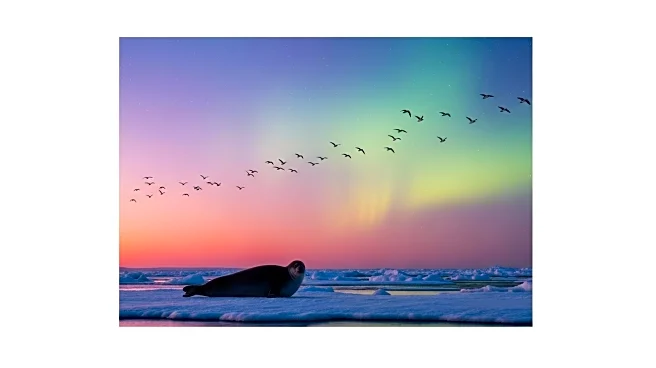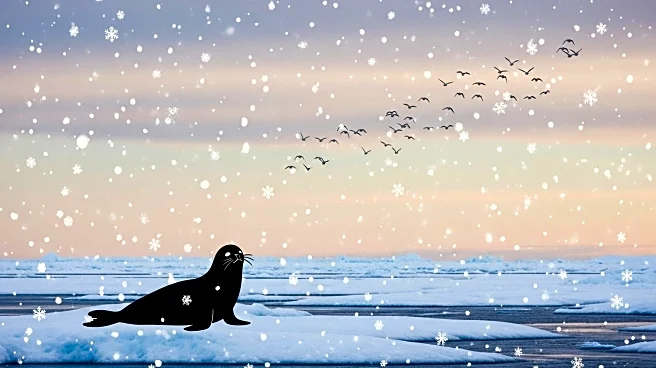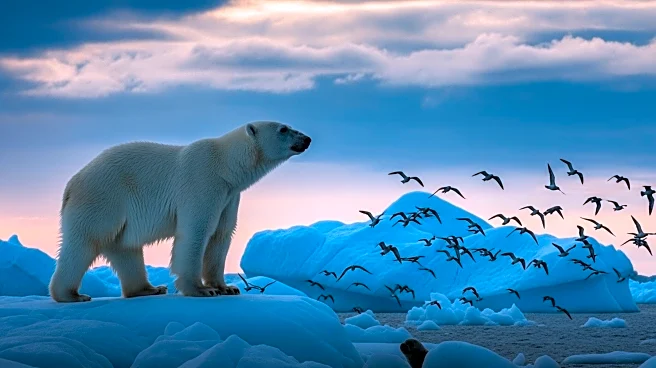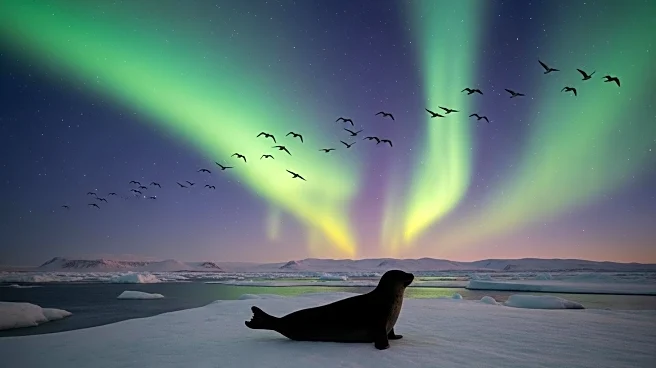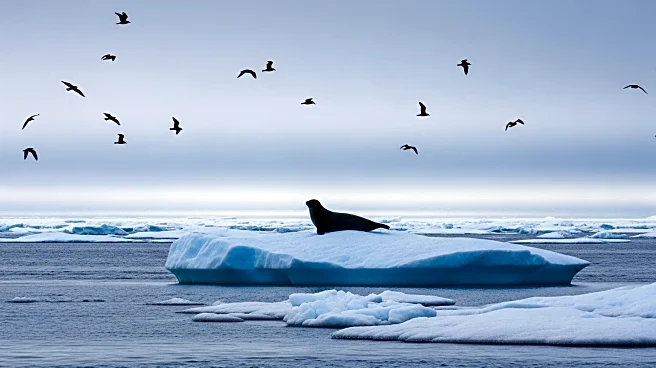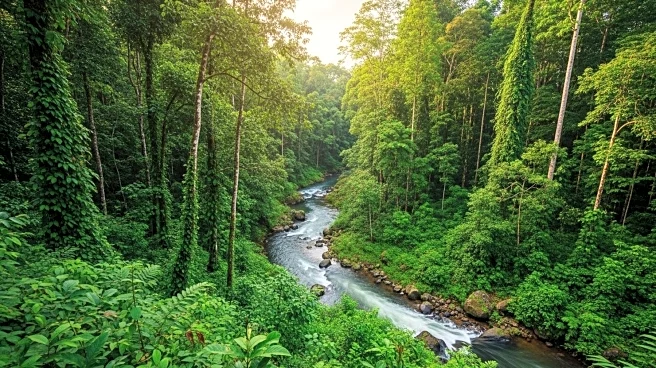What's Happening?
The latest assessment from the International Union for Conservation of Nature (IUCN) reveals that Arctic seals are nearing extinction due to climate change, while over half of global bird species are declining due to deforestation and agricultural expansion. The IUCN's Red List of Threatened Species highlights the plight of harp, hooded, and bearded seals, which are increasingly threatened by the loss of sea ice. The report also notes the decline in bird populations, particularly in regions like Madagascar, West Africa, and Central America, due to habitat destruction. Despite these challenges, the green sea turtle has shown significant recovery, demonstrating the potential success of dedicated conservation efforts.
Why It's Important?
The decline of Arctic seals and bird species underscores the urgent need for global conservation efforts to address climate change and habitat loss. These species play critical roles in their ecosystems, and their extinction could have cascading effects on biodiversity and environmental health. The report serves as a call to action for governments and conservation organizations to implement strategies that protect vulnerable species and preserve natural habitats. The success of the green sea turtle's recovery offers hope and a model for future conservation initiatives.
What's Next?
The upcoming UN Climate Change Conference in Brazil will focus on the Amazon and the importance of tropical forests, potentially influencing global conservation policies. Continued advocacy and international cooperation will be essential to address the threats facing Arctic seals and bird species. Conservationists may push for stronger environmental protections and increased funding for conservation programs.
Beyond the Headlines
The report highlights the interconnectedness of climate change and biodiversity, emphasizing that efforts to protect species can also mitigate climate impacts. The decline in bird populations, for example, affects pollination and seed dispersal, which are vital for ecosystem health. The findings may prompt discussions on integrating biodiversity conservation into broader climate strategies.

